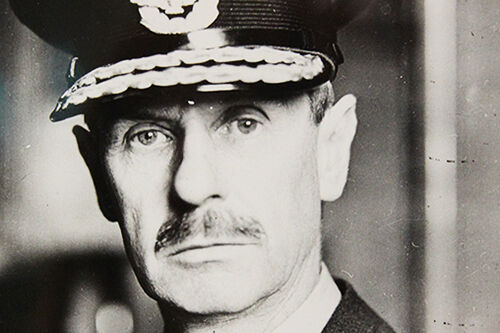
Preparing Britain's air defence for battle
Published:
Categories:
The task of preparing Britain's air defence in the lead up to the Battle of Britain belonged to Air Chief Marshal Dowding, who was appointed as head of Fighter Command in 1936. It was his foresight and forward planning that helped position Britain to respond to the Luftwaffe attacks.
Air Chief Marshal Hugh 'Stuffy' Dowding didn't subscribe to Prime Minister Baldwin's belief in 1932 that "the bomber will always get through".
When appointed Commanding Officer of Fighter Command in 1936, Dowding set about creating a defence plan for Britain that incorporated radar – then a new technology – and divided the country geographically into four separate groups:
- Fighter Command Group 10 in the Southwest and Wales, commanded by Air Vice Marshal Quintin Brand at RAF Box
- Fighter Command Group 11 in London and the Southeast, commanded by Air Vice Marshal Keith Park at RAF Uxbridge
- Fighter Command Group 12 in the Midlands and East of England, commanded by Air Vice Marshal Trafford Leigh Mallory at RAF Watnall, and
- Fighter Command Group 13 in the North, Scotland, and Northern Ireland, commanded by Air Vice Marshal Richard Saule at RAF Ponteland.
Each of these Fighter Command groups had an operations centre that would analyse incoming intelligence distributed from Bentley Priory on inbound enemy aircraft and then scramble fighters assigned to stations in the area. During the Battle of France, Dowding had opposed the War Cabinet and refused to commit all of Fighter Command's resources to the Battle of France.
The forces that were deployed to the Battles of Norway and France suffered heavy losses – 330 pilots and 1,090 aircraft.
His refusal meant that Fighter Command entered the Battle of Britain with 36 squadrons, comprising 650 fighter aircraft and 1000 trained pilots. And Dowding would need every available pilot and aircraft for the upcoming battle, as the Luftwaffe brought to bear 3,000 aircraft and 4,000 pilots in their attack of Britain.